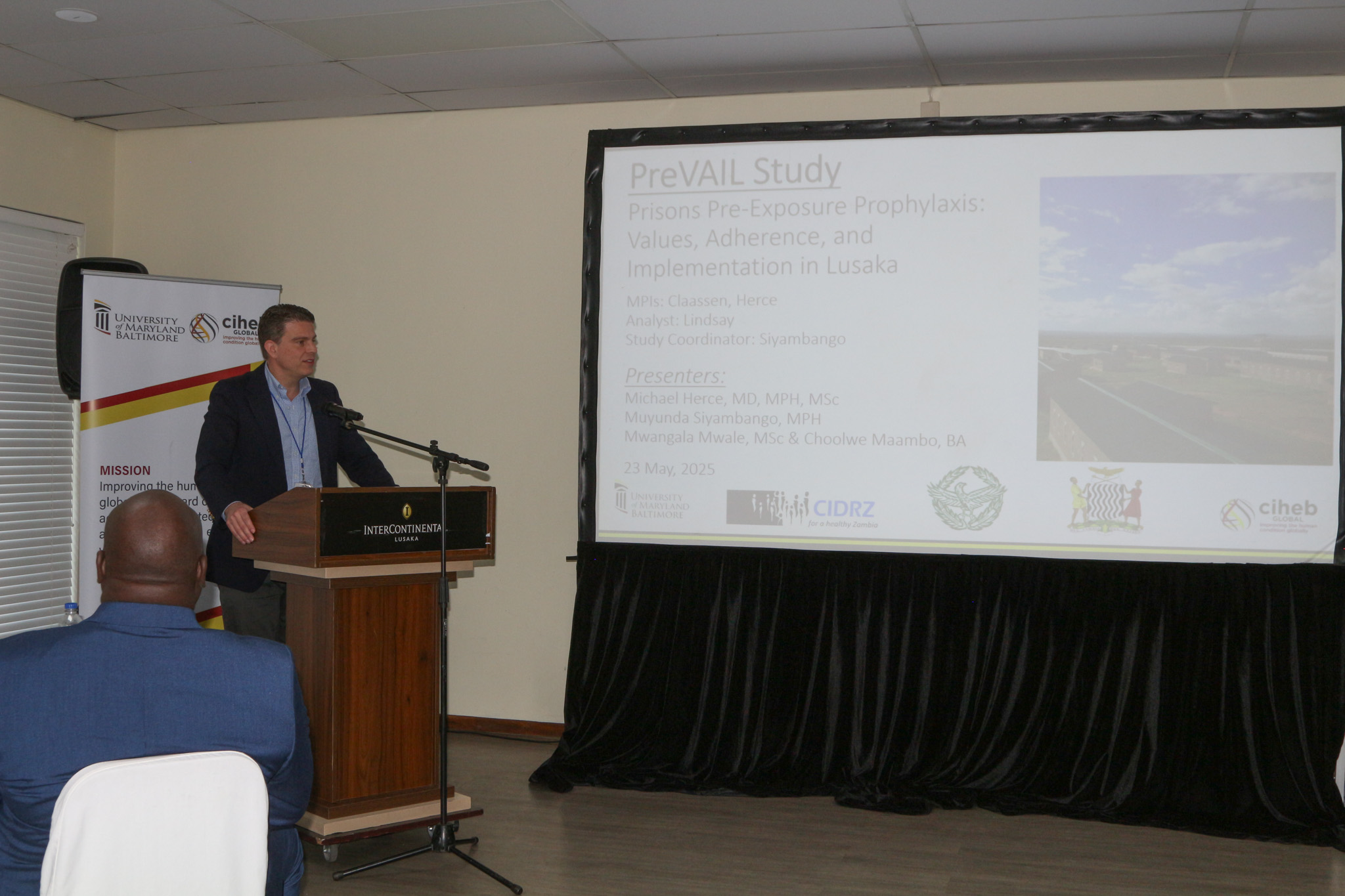Differentiated community-based point-of-care early infant diagnosis to improve HIV diagnosis and ART initiation among infants and young children in Zambia: a quasi-experimental cohort study.
February 24, 2025
CIDRZ Conducts One Health Baseline Research Study with Support from SFSI.
March 5, 2025Sickle Cell Disease in Early Infancy: A Case Report.
Sickle cell disease (SCD) refers to a group of hereditary disorders that result in faulty haemoglobin carriage by red blood cells (RBCs). It is caused by an autosomal recessive mutation of the beta-globin chain, which codes for abnormal haemoglobin S instead of haemoglobin A. The World Health Organization estimates that 5% of the world’s population carries a hemoglobinopathy. The global birth estimate of homozygous SCD is 112 per 100,000 live births, with Africa leading at 1,125 per 100,000 births and predominant in the black and brown communities in sub-Saharan Africa. The severity and clinical course of SCD may vary based on several factors, including genotype, family knowledge about the disease, and #healthcare access.
A case report by the Centre for Infectious Disease Research in Zambia (CIDRZ)’s Enteric Disease and Vaccines Research Unit highlights an atypical presentation of SCD in early infancy. Despite current literature suggesting protection by fetal haemoglobin in the first few months of life, this paper reports a diagnosis of SCD at two months of age with severe symptoms requiring hospitalisation.
The case report further suggests the importance for clinicians to raise their clinical index of suspicion of SCD in children presenting with severe #anaemia even though they are less than six (6) months old and do not present with classic dactylitis or pain syndromes.
The report concludes that expansion and sustained newborn screening programmes for SCD in developing countries could help clinicians and parents plan for early treatment, appropriate prophylaxis, and improved management of SCD complications. Read More: https://doi.org/10.2147/phmt.s388147



